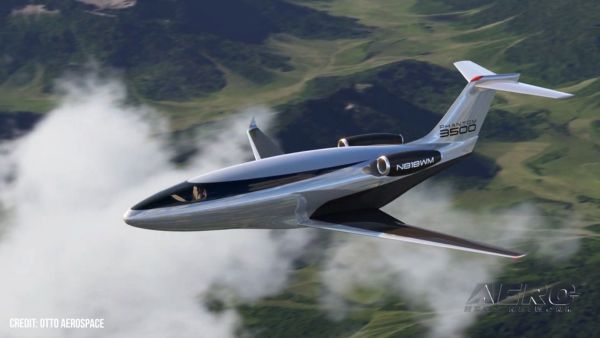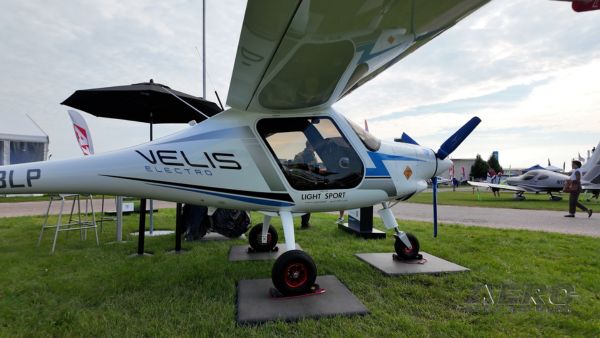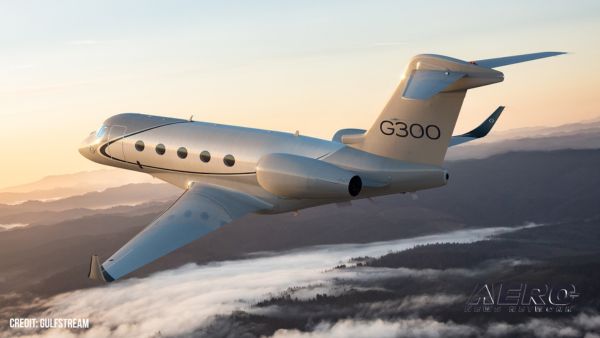Tue, Apr 28, 2015
Successfully Completes Leg 6 Of The First Round-The-World Solar Flight
Solar Impulse 2 (Si2) landed successfully in Nanjing, People’s Republic of China last week, following a 20 day stay in Chongqing.
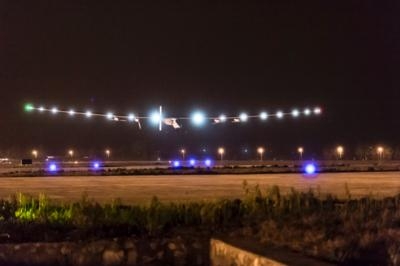
“My job as a pilot was relatively easy. The preparatory measures however proved challenging for our team of weather specialists and engineers from Si’s Partner Altran at the Monaco Control Center. We simulated all possible trajectories and exhausted all different strategies to get Solar Impulse 2 in the air; from defining pit-stops at airports along the route, to different speeds, altitudes and holding patterns. Throughout the entire process, the Chinese authorities have been unfailingly helpful and open to our ideas. We are amazed by the spirit of our team and the willingness of our partners to help us achieve our goal: The first Round-The-World flight without fuel” said Bertrand Piccard, Solar Impulse Initiator and Chairman.
This journey was also essential from a technical perspective as it was used to verify and fine-tune final elements in the preparation of the Pacific Ocean crossing scheduled for early May, pending favorable weather conditions. This last leg is bringing Solar Impulse one step closer to an aviation first – the next part of the circumnavigation will require flying five consecutive days and nights in a solar-powered aircraft to cross the Pacific, a feat that has never been accomplished before.
“Nanjing represents a turning point in the entire mission; this is where everything comes together for us as pilots after initiating the project 12 years ago," Borschberg said. "This is the moment of truth where all the technical and human challenges will have to be overcome. We now have less than a month to mentally and physically prepare for what will be Solar Impulse’s longest flight to date: a five day and five night journey across the Pacific Ocean from Nanjing to Hawaii.”
In the coming months, Mr. Piccard and Mr. Borschberg will continue their expedition around the globe promoting a cleaner future (FutureIsClean.org). Given the low speed of the ultra-light aircraft, the round-the-world mission will demand over 500 flight hours—or nearly three weeks in the air, spread over five months, covering the roughly 22,000 mile journey. Si2 is the largest aircraft ever built with such a low weight, equivalent to that of a small car.
After crossing the Pacific Ocean, Solar Impulse will stop in the United States, and then either North Africa or Southern Europe, before returning to Abu Dhabi to complete the first ever round-the-world solar flight.
No departure date for the flight to Hawaii has been set.
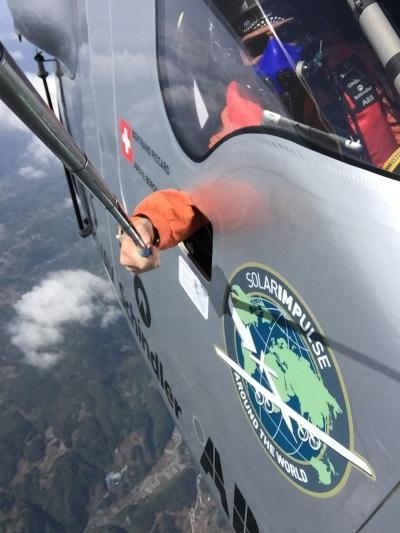
More News
From 2023 (YouTube Edition): New Propulsion Scheme Optimized for AAM Applications Founded in 2017 by Eric Bartsch, Pat Anderson, and Erik Lindbergh (grandson of famed aviation pion>[...]
During The Initial Climb, The Engine Began To Operate Abnormally And, After About Three Seconds, Experienced A Total Loss Of Power On October 29, 2025, about 1820 Pacific daylight >[...]
Aero Linx: Women in Aviation International Women in Aviation International is the largest nonprofit organization that envisions a world where the sky is open to all, and where avia>[...]
“We’ve paid for the cable line’s repair for the customer and have apologized for the inconvenience this caused them...” Source: Some followup info from an A>[...]
“We have long warned about the devastating effects of pairing optimization. Multiple times over many months, we highlighted how schedule manipulation, unbalanced schedules, a>[...]
 Classic Aero-TV: VerdeGo Debuts VH-3 Hybrid-Electric Powerplant
Classic Aero-TV: VerdeGo Debuts VH-3 Hybrid-Electric Powerplant NTSB Prelim: Grumman American Avn. Corp. AA-5B
NTSB Prelim: Grumman American Avn. Corp. AA-5B ANN's Daily Aero-Linx (12.02.25)
ANN's Daily Aero-Linx (12.02.25) Aero-News: Quote of the Day (12.02.25)
Aero-News: Quote of the Day (12.02.25) Aero-News: Quote of the Day (12.03.25)
Aero-News: Quote of the Day (12.03.25)


